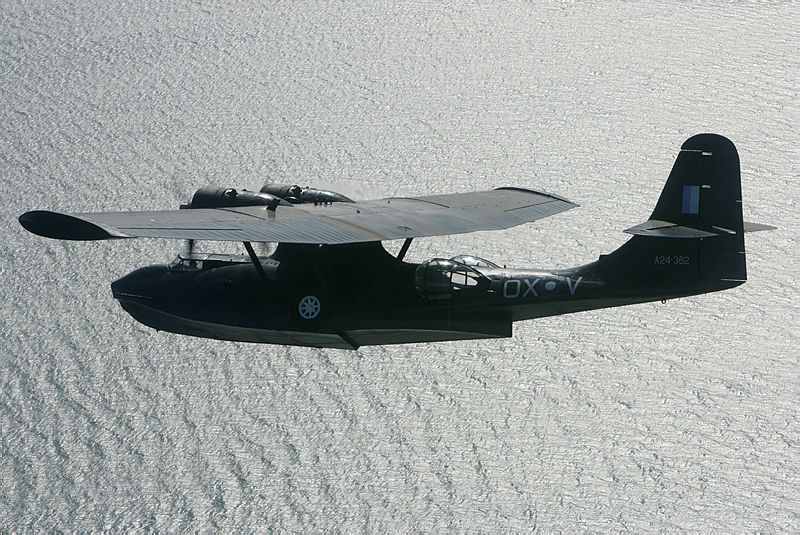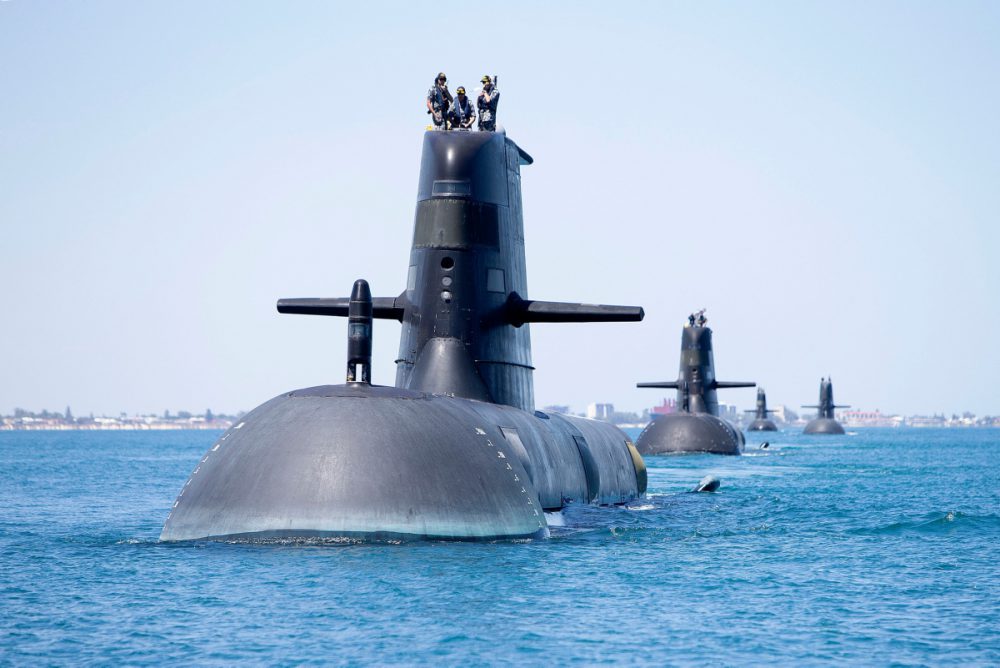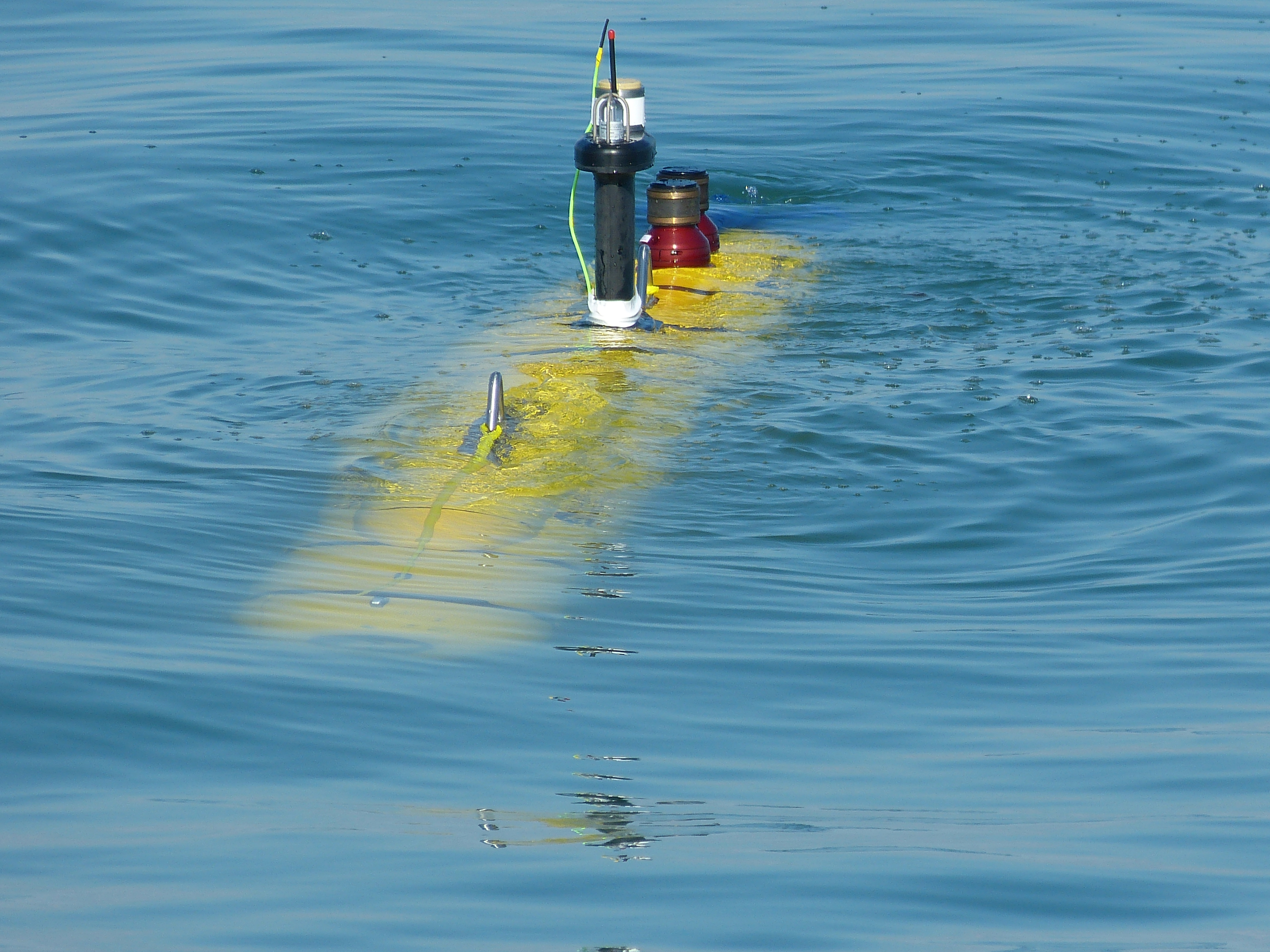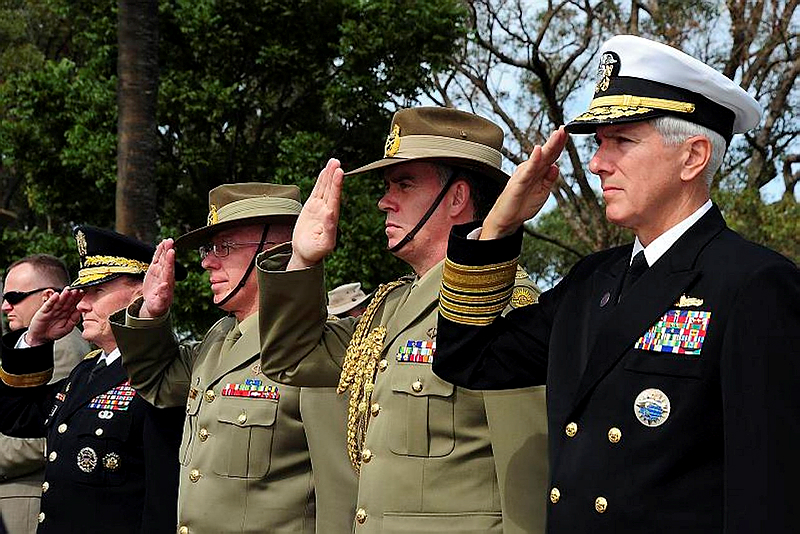Triton: transforming Australia’s airborne ISR capabilities

The Australian Defence Force is on the brink of a transformative shift in its airborne intelligence, surveillance and reconnaissance (ISR) capabilities with the imminent introduction into service of the MQ-4C Triton, an unarmed, high-altitude and long-endurance uncrewed aerial system (UAS).
Use of the Triton will bring far more capability than is generally appreciated, even by close observers of defence policy.
The advanced aircraft, developed by US Navy and Northrop Grumman and based on the company’s RQ-4 Global Hawk, is a testament to the power of modern technology and its potential to revolutionise maritime surveillance operations. It goes a long way, sees far and stays on station a long time; it also networks to tell the rest of the force what it finds.
The Triton’s journey to Australia began in 1999, under Joint Project 2062, with the ADF experimenting with the earliest versions of the Global Hawk. The Triton’s capabilities include an ability to reach altitudes of 15 kilometres (50,000ft), stay aloft for 24 hours, provide real-time data and intelligence and sweep the ocean surface within 250 nautical miles (about 450km) of the aircraft. As a result, one Triton on one flight can surveil more than one million square nautical miles (3.4 million square kilometres)—an area larger than Western Australia.
One task, for example, could be prolonged monitoring of an archipelagic choke point to impose deterrence-by-detection mission.
These characteristics set it apart from any other aircraft on the market and meet the requirements set forth in the Defence Strategic Review for a high level of situational awareness in the Indo-Pacific. The value of the Triton’s capabilities are obvious when one considers the size of Australia’s vast maritime domain, which spans three oceans.
The Australian government has said it will buy four Tritons. In Australia’s primary area of military interest, the US Navy will fly its Tritons from Guam and California, while the US Air Force, Republic of Korea Air Force and Japanese Air Self-Defense Force operate the RQ-4 Global Hawk.
The Triton’s ability to respond quickly to events and maintain itself on station for long periods makes it superior to the new wave of systems that are small, smart and many. But such systems can complement Tritons, improving the capabilities of both simultaneously.
The Triton also enables new approaches to teaming with other systems. The aircraft allows for space-based ISR, including small satellites, to join and then leave the team as they pass through the area of interest on their low-earth orbits.
In peacetime, the Triton’s capabilities can be leveraged for humanitarian assistance and disaster relief. For instance, in the event of a tsunami like the 2004 Boxing Day disaster, a Triton could map the coastal destruction zones of large areas of affected countries in a single sortie, providing vital data for emergency response efforts.
The Triton’s remote operation means aircrew won’t need to deploy with their aircraft, providing home location stability for those choosing a career in Triton operations. Moreover, the highly automated operator interface opens the door to Reserve aircrew, mobility-restricted personnel and even pregnant aircrew, who can operate the system right up to their maternity leave.
Beyond its immediate role, the Triton also serves as a catalyst for the ADF’s broader capabilities in ISR and electromagnetic warfare (ISREW). It is the first platform to send high-bandwidth data across all security domains, up through the satellites and down directly to land and maritime component commanders. Bringing that capability and others, the program is one of a suite of projects creating a framework for follow-on systems. An overlap with other intelligence, communications and networking projects is setting the stage for a more capable, integrated and interoperable ADF.
Tritons will complement the ADF’s crewed P-8A Poseidon’s as a family of systems, undertaking enhanced ISREW tasks. This approach leverages the strengths of both crewed and uncrewed systems, providing a more robust and versatile ISREW capability.
The Triton’s introduction also paves the way for the integration of more advanced uncrewed aircraft by setting a certification precedent. This forward-thinking approach positions the ADF as a leader in military technology, ensuring it can remain at the forefront of military innovation.
The Triton provides benefits to the Australian economy and create jobs at RAAF Bases Tindal and Edinburgh in support of Defence’s industry goals. The cooperative program with the US Navy and the collaboration with Northrop Grumman strengthens Australia’s strategic alliances, enhancing its position on the global stage.




